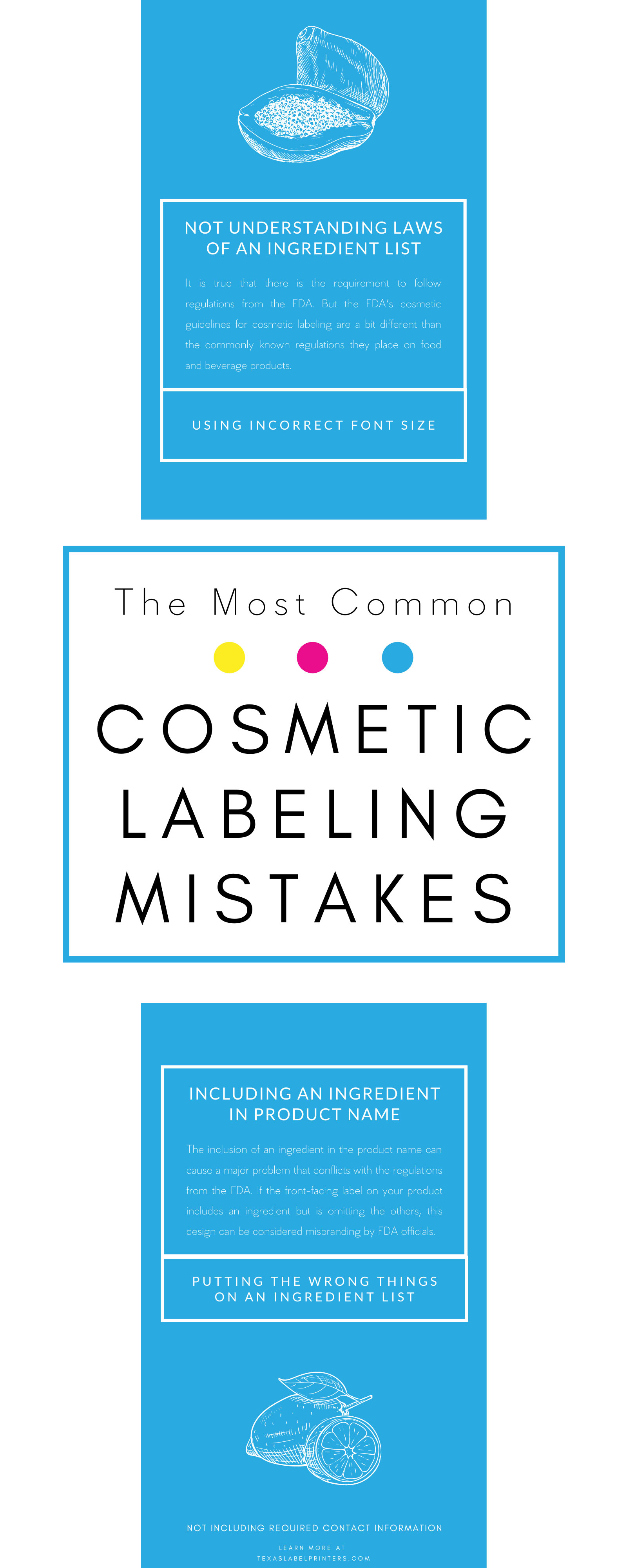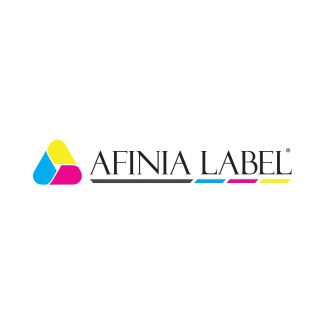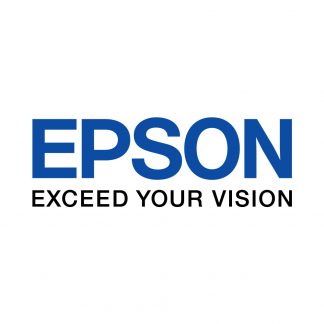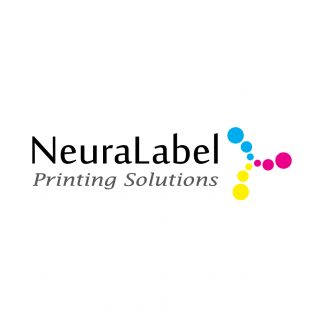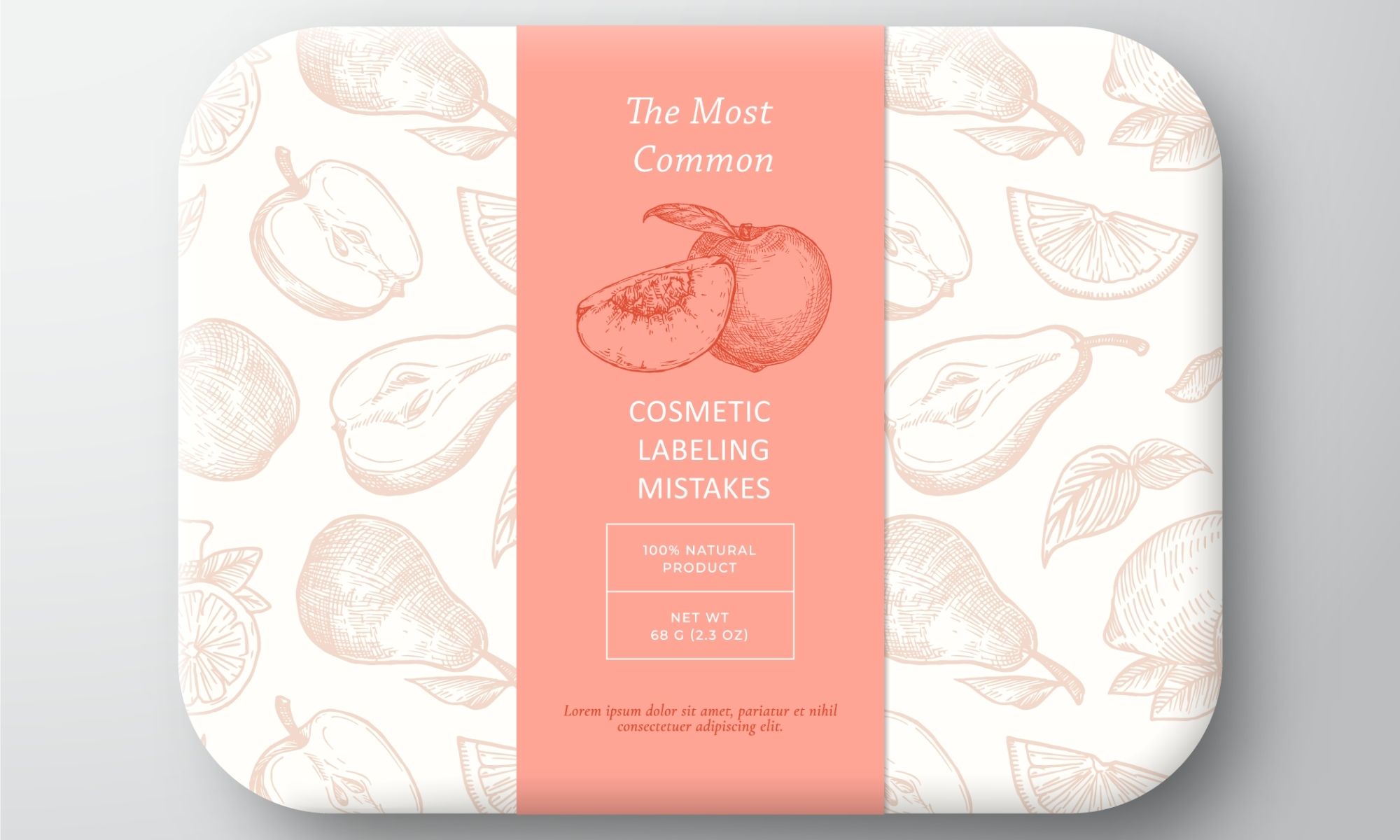
Labeling a cosmetic product properly can have a lot to do with the designing of the label. When designing a cosmetic product label, there are many regulations from the Food and Drug Administration (FDA) that will have to be followed. The are several common mistakes made on these product labels that can put you in hot water if you’re not careful. To help prevent this, we offer this list of the most common cosmetic labeling mistakes.
Not Understanding Laws of an Ingredient List
This is an important detail of cosmetic labeling that can get a bit complicated. It might seem that sources and examples show that you must show an ingredients list. Others though, have given examples showing you don’t always need one. Both are technically correct. It is true that there is the requirement to follow regulations from the FDA. But the FDA’s cosmetic guidelines for cosmetic labeling are a bit different than the commonly known regulations they place on food and beverage products. You will need an ingredient list on a cosmetic product if it is making cosmetic claims. Examples of this could be reducing acne or rejuvenating dry skin through moisturizing. If it is a product like basic soap, you technically don’t need an ingredients list, that is, as long as it’s soap as defined by the FDA. Many soap manufacturers still include an ingredients list because they make cosmetic claims.
Including an Ingredient in Product Name
The inclusion of an ingredient in the product name can cause a major problem that conflicts with the regulations from the FDA. If the front-facing label on your product includes an ingredient but is omitting the others, this design can be considered misbranding by FDA officials. Within the cosmetic labeling regulations, a product will be considered misbranded for including reference to a single ingredient, but not the rest contained by the product. Essentially, this is viewed as lying to or misleading the public. In some cases, there are certain companies that will deliberately deceive the consumer by placing an ingredient as part of the product name. For instance, if a company is selling a lotion that has an added cosmetic ingredient, but that ingredient is added to the product name, it could make the consumer believe the product is the added ingredient rather than lotion. The best way for a company to avoid this kind of labeling issue is to place the added ingredient away from the main product name in a font and color that distinguishes it as separate from the official name.
Using Incorrect Font Size
One of the most common cosmetic labeling mistakes that can be easily overlooked is using an incorrect font size. There are several font sizes and types that are vital to the ability of being able to read labels properly. If someone is having trouble reading the information on a cosmetic label or a food product label because the font is too small or unreadable, the product could be used wrong or have bad effects, especially if it contains any allergens. A bad font can also deter consumers from buying your product. This is why it is worth checking your FDA guidelines for cosmetics to find out what font and sizes are required before you start designing the product label. This will help to ensure you don’t choose anything that will get you into trouble. Some graphic designers are taught to measure their type size by the lowercase “x” on any print material. Instead, you should physically measure the printed uppercase “L” and the lowercase “o” on your label. It’s important to note that different areas of a cosmetic label will require different font sizes and types. Another significant aspect of the text of a cosmetic label you will want to consider is how and where you place the net weight. It must always be placed on the bottom third of the principal display panel of the product. Regulations then state that the net weight should be in “bold”. This has led to a lot of confusion for designers over time. This just means to have it conspicuous, solid, and easy to read. Back when boldface type was first required, it didn’t necessarily refer to the thickest and darkest font. Technically, a designer does not have to use a bold-styled type, but they can choose to do so. While a good packaging label printing machine should be able to produce a legible label of quality, checking and making sure to follow the regulations should be first and foremost.
Putting the Wrong Things on an Ingredient List
When a cosmetic product uses multiple chemicals or a cosmetics base, there will be more ingredients to list which can lead to the constant use of the word “and”. However, this is not supposed to be on a cosmetic product label. If there are multiple parts to one ingredient in the product, you will be best off figuring out which ingredients are more and less predominant to comply with proper labeling. Another material that should not be listed as a single ingredient is mica. This is because the mica used as a cosmetic is not just one ingredient. The mica used in cosmetics is generally a mica-based pigment, which is meant for coloring the product. To properly comply with the ingredient listing regulations, every part of the mica pigment should be listed instead.
Not Including Required Contact Information
The last and one of the most important common mistakes made on cosmetic labeling is failing to include the proper contact information. The contact information of the company that is responsible for the product must be on the packaging. In some cases, the manufacturer will not be the owner of the product, in which case the label needs to state who the product is manufactured for or distributed by. The general information required is the street address, city, state, and zip code. This can vary depending on whether it is a large company or a small business where someone manufactured the product out of their home. In this case, the street address may be left out if the business is listed in a city directory or phone directory.
